Buzi (Chinese: 补子 ; pinyin: bǔ zi) is a round or square piece of cloth that is adorned on the front (chest) and/or back of official uniforms during the Ming and Qing dynasties.
Buzi was an important feature of the Ming and Qing dynasty clothing systems.
Officials of different levels have different Buzi patterns, and civil officials and military generals also have different Buzi patterns.
The civil officials uses bird patterns, while the military general uses wild animal patterns.
According to historical records, the origin of the rank distinction with patterns in a formal dress can be traced back to the reign of Wu Zetian in the Tang dynasty (Wu Zhou).
Buzi, as a symbol of identity and rank, is one of the most distinctive representatives of the feudal ethical system in clothing.
Buzi on Bufu
Bufu (Chinese: 补服 ; pinyin: bǔ fú) is a garment decorated with Buzi on the front and/or back, which began to appear in the Ming dynasty.
Bufu often has a round collar (yuanling) or cross collar (jiaoling).
At first, there was no special name for this official uniform decorated with Buzi, it was only called the official uniform.
Officials at all levels have different shades and patterns that adorn their official uniforms according to their positions.
Through these patterns, we can see ancient official hierarchical symbols.
Buzi uses dark colors like blue, black, and dark red as a base.
Buzi in the Ming and Qing dynasties existed with an official position, so it was restricted by the court and could not be produced in large quantities, so it had very high artisanal and historical value.
Today, it has become a valuable collection of cultural relics.
Perfect for weddings
Bufu or clothing decorated with Buzi is also one of the groom’s attire at a Chinese wedding.
The Ming dynasty stipulated that grooms at commoner weddings could imitate rank nine officials’ uniforms, but in fact, this was often violated.
Ming and Qing dynasties Buzi
The difference between the Ming and Qing dynasties Buzi, can be divided into:
1. Based on the size
The Ming dynasty Buzi had a larger size than the Qing dynasty.
In the Ming dynasty, Buzi was about 40 cm squared, and in the Qing dynasty, it was about 30 cm.
2. Decoration on the edge of the Buzi
The edge of the Ming dynasty Buzi was thin, while the edge of the Qing dynasty Buzi was relatively wide and the edge was decorated with lace.
3. Yuanling and dui-jin collars
Because most Ming dynasty clothing had round collars (yuanling), most of the Buzi ornaments on the front and back were not cut or split in half.
In contrast to the Qing dynasty, because the clothes of the Qing dynasty mostly had dui-jin collars, so Buzi was often split into two.
4. Embroidery pattern
Ming dynasty civil official’s Buzi had double birds flying together, while the military official’s buzi was embroidered with a single beast, either standing or crouching.
Qing dynasty civil official’s Buzi embroidered with a single bird, while the military official’s Buzi embroidered with animals.

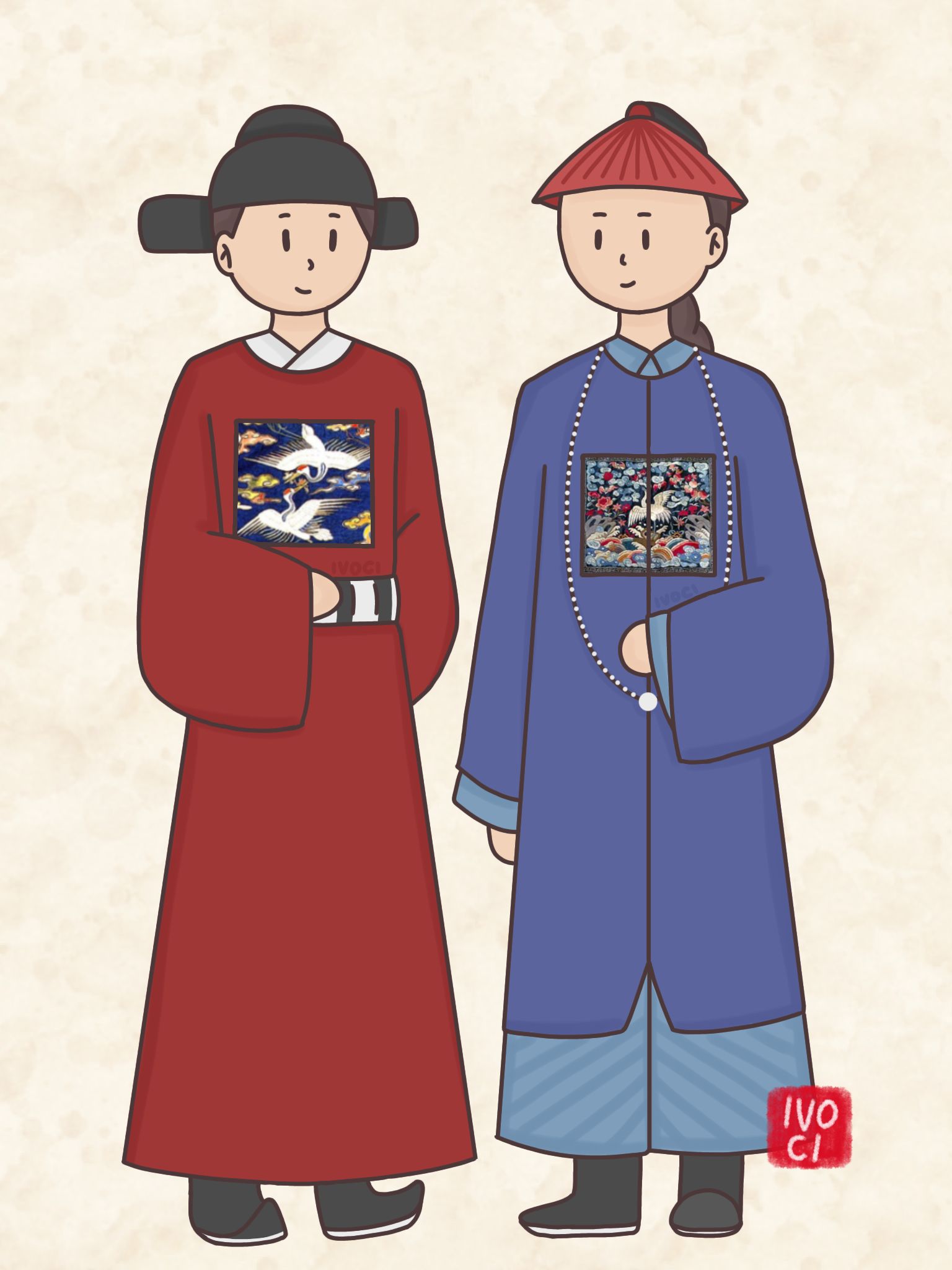
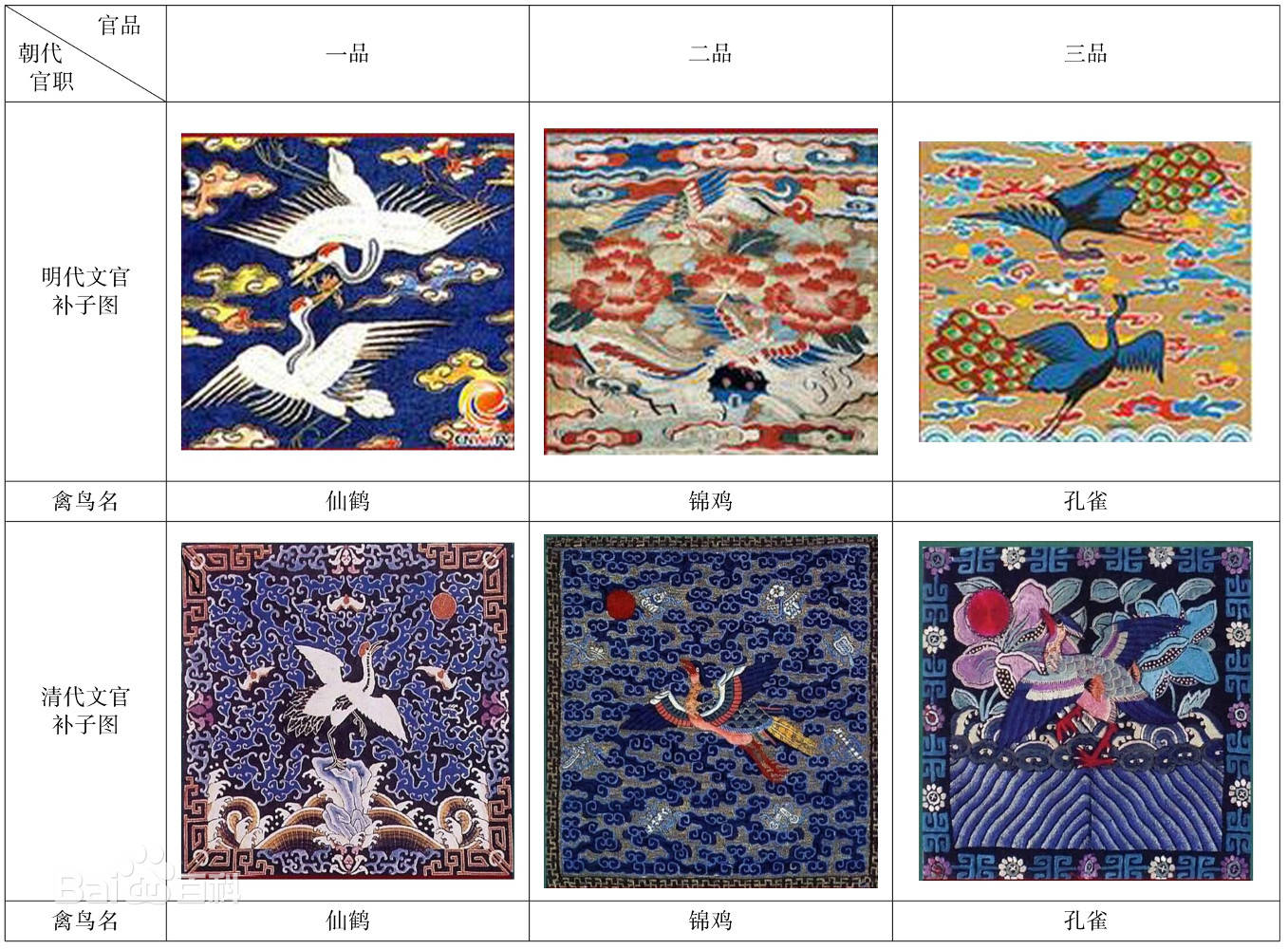
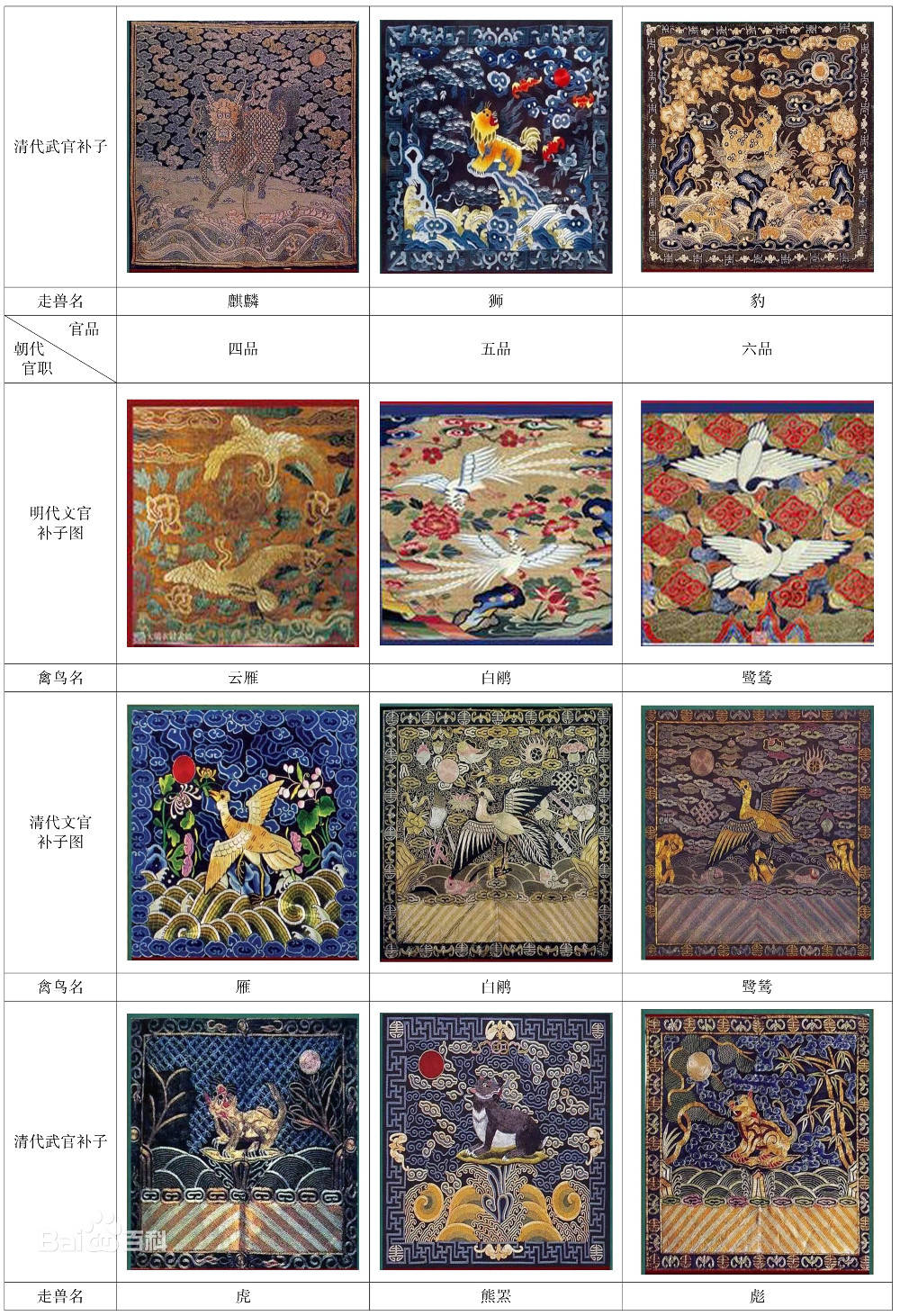
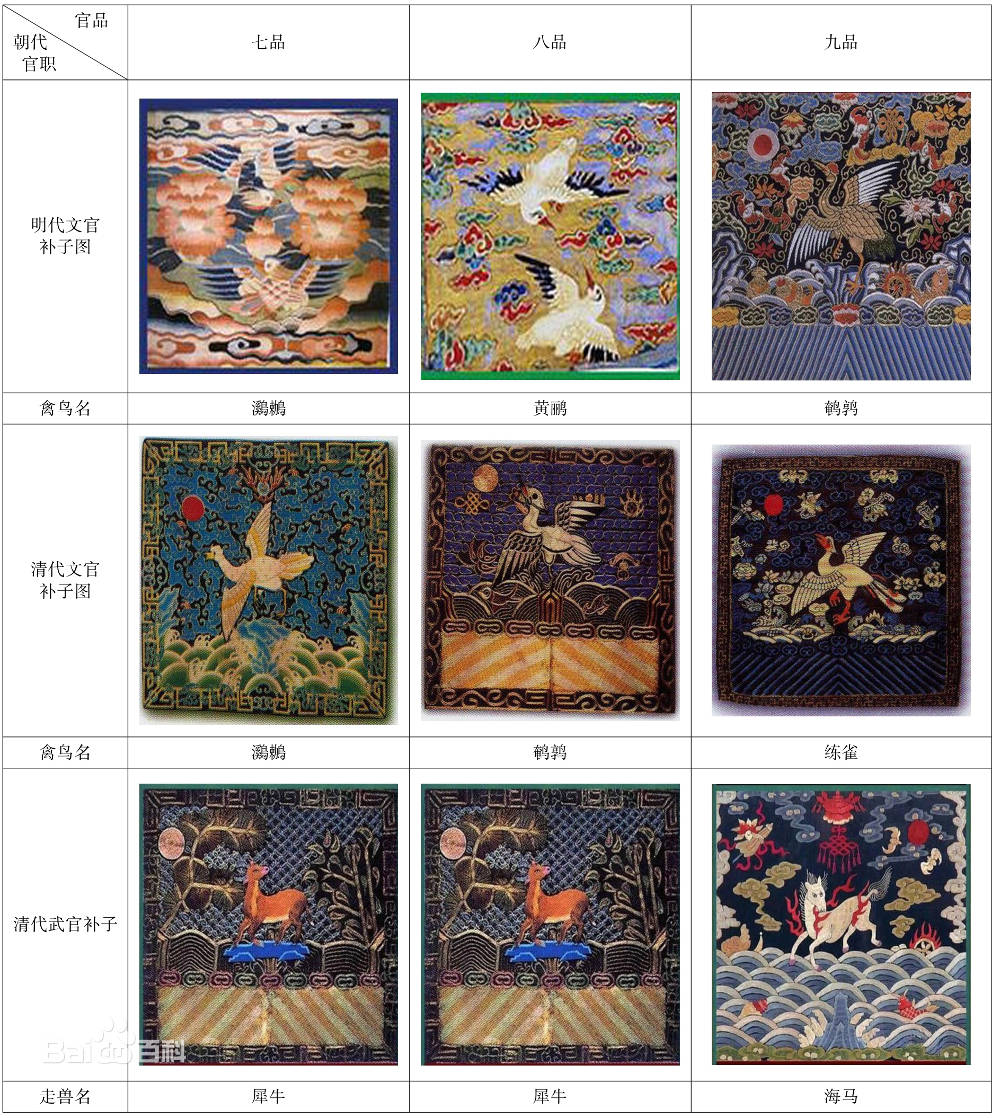
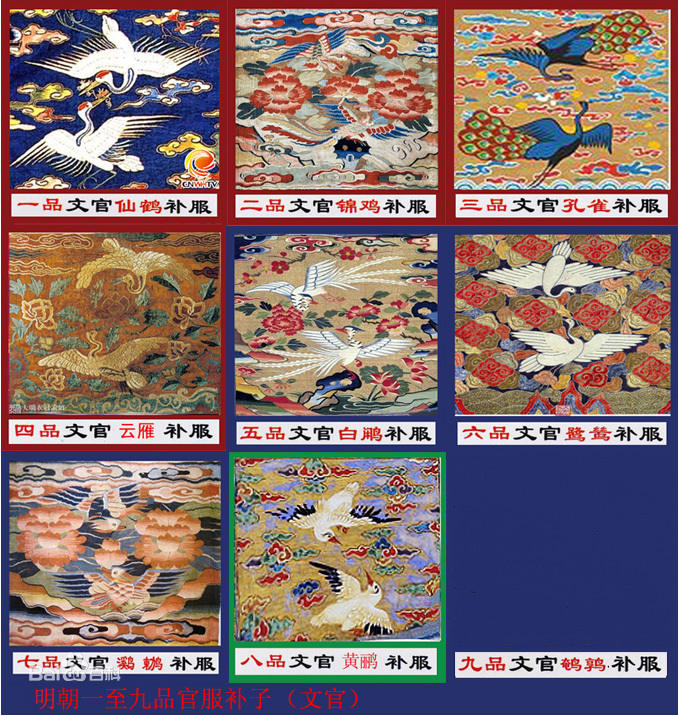
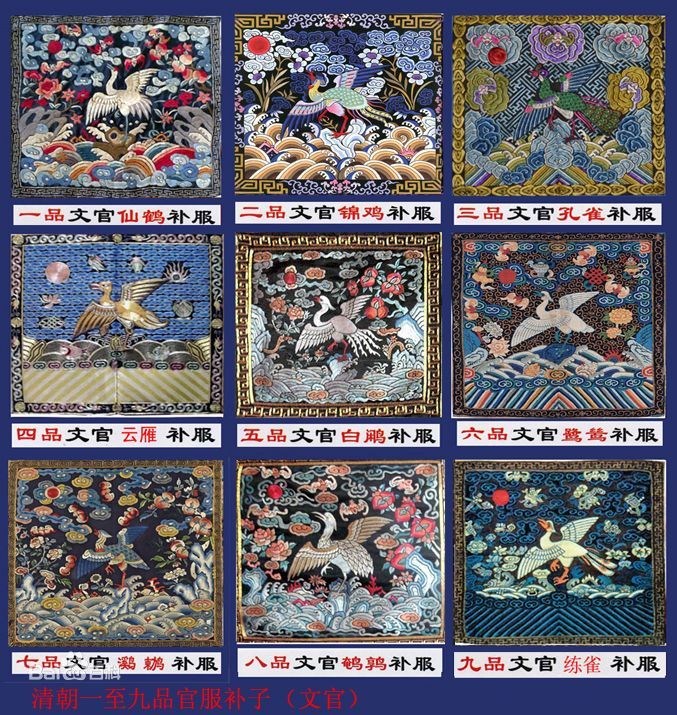
Leave a Reply